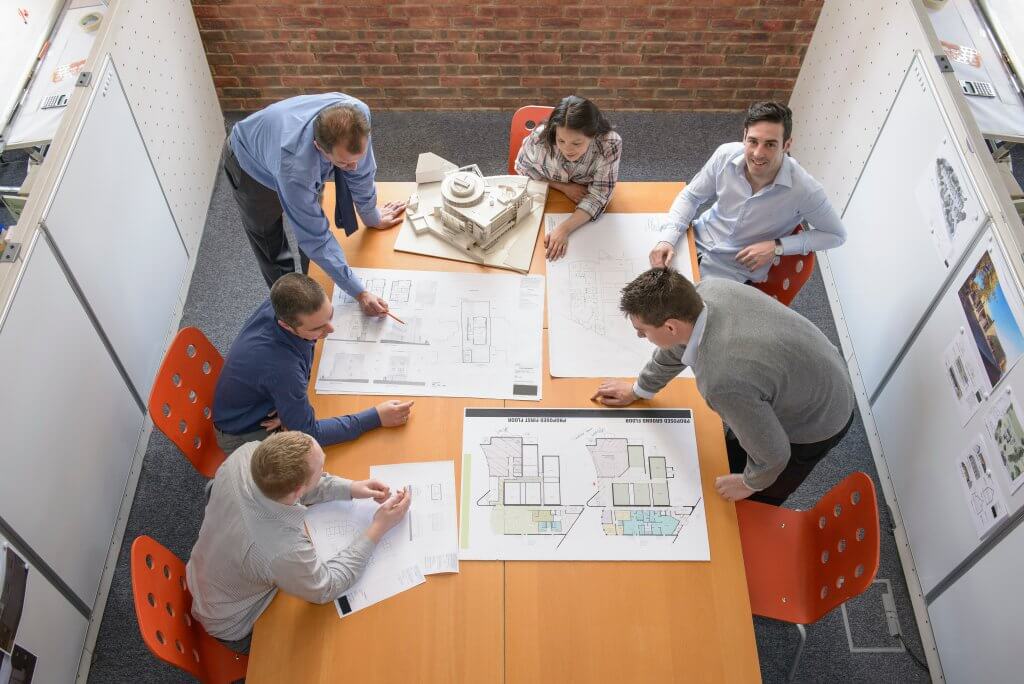Access the B101®–2017
To purchase a one-time use license for this document, visit the link below:
B101-2017 Standard Form of Agreement Between Owner and Architect
Interested in getting unlimited access to our full 250+ library of agreements and forms?
Visit the link to learn more: https://shop.aiacontracts.com/unlimited-subscription
October 10th, 2024
Introduction
The world of architecture has historically been full of forward thinkers who are always open to embracing new ideas and concepts with the goal of delivering fresh ideas and comfort to the industry at large. Now more than ever, the industry and the professionals comprising it are being challenged to think outside of the box and deliver finished products that meet the rapidly evolving desires of the diverse cross-section of customers.
The desires are pushing architects to the limits of their imaginations while at the same time, authoring imaginative concepts that make life enjoyable. This drive for creativity is one that has come to define the very discipline as men and women continue pushing their limits to deliver satisfactory solutions. In most instances, that creativity was couched in the commercial sector as corporations are always looking to build environments that optimize talents.
Those same creative energies are now being used in residential architecture where, now more than ever, consumers are demanding innovation that meets them where they live, with the ability to pivot into other areas of their lives. Several trends will shape the industry in 2025 and beyond, fueling industry leaders and satisfying customers in what stands as one of the true pillars of the global economy.
Residential Architectural Trends to Watch for 2025 and Beyond
Making homes smarter: During the pandemic citizens were forced to live, work, and play at home more than any time in years past. Homeowners embraced their homes for all it was and, in some cases, all it wasn’t. They spent time pondering how to make their homes more functional which has led many to integrate smart technology into their homes. This trend will continue into 2025 as more consumers and residential architects embrace the concept of smart homes.
- Increasing functionality: Homes are more than just where people rest and reside, they’re integral parts of the day. We live in them, entertain in them, and many are still working in them. As such, consumers are now expecting architects to infuse functionality into their designs that align well with their diverse needs.
- Focusing on age: Building with the aging population in mind represents another strong growth opportunity for the residential architecture sector and one that needs ongoing attention. Addressing this segment provides professionals with fresh revenue and profit streams while also appealing to members of the family unit charged with ensuring the health and safety of this group.
- Making better use of the sun: The world is racing against time to stave off climate change. One way to do this is to make better use of resources that don’t damage the environment, and that includes better utilizing natural light. Skylights and strategically placed windows that warm in the winter with treatments that can temper sun entry in the harsh summer months are ideal. The point is, anything that is done to lessen the carbon footprint and save the client bodes well for the planet, and the professionals doing the work.
- Creating outdoor and indoor synergies: The goal of any homeowner is to build a synergy with what goes on outside and inside their property. In recent years, that goal has become even more of a priority due in large part to the pandemic which brought dual functionality to the forefront of homeowner minds. Architects were listening, and they’ve quietly begun infusing this into their business model with the hopes of appealing to more consumers in 2025.
Conclusion
Architecture, including residential architecture, is always moving forward, pushing the proverbial creative envelope in an unending quest to satisfy customer imaginations. The industry is fluid, but one constant is the presence of AIA Contract Document B101-2017. B101-2017 is the standard agreement between the owner and architect for building design and contract administration. It sets the tone for any project, regardless of the scale and helps architects and contractors deliver finished products that meet the needs of the customer while propelling the industry forward.
AIA Contract Documents has provided this article for general informational purposes only. The information provided is not legal opinion or legal advice and does not create an attorney-client relationship of any kind. This article is also not intended to provide guidance as to how project parties should interpret their specific contracts or resolve contract disputes, as those decisions will need to be made in consultation with legal counsel, insurance counsel, and other professionals, and based upon a multitude of factors.

